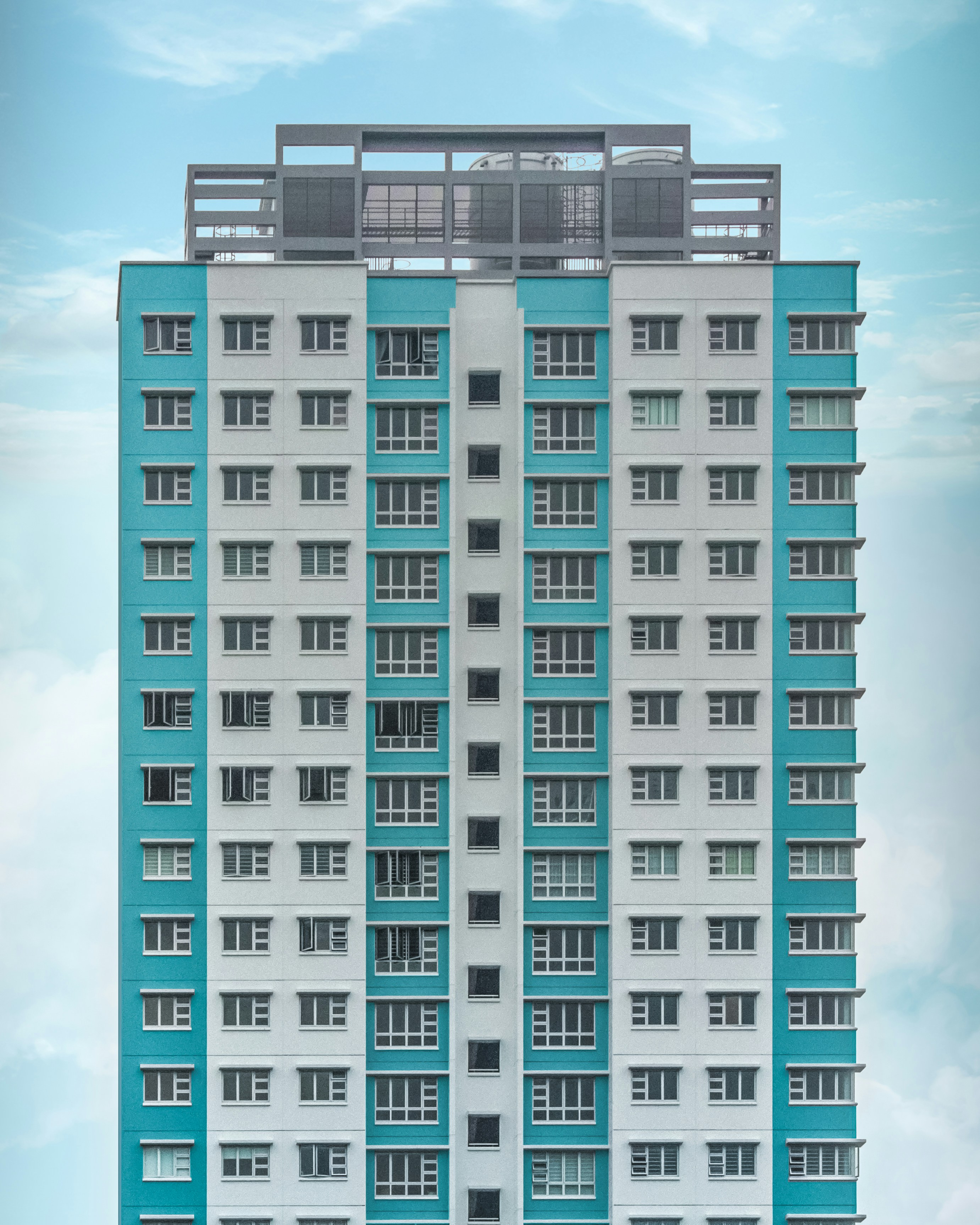Cutting Hidden Costs: The Fastest Way to Protect NOI

In real estate, the difference between strong profitability and underperformance often comes down to the details. While most owners and operators focus on driving revenue, the fastest and most sustainable way to protect Net Operating Income (NOI) is by cutting hidden costs that quietly erode returns.
These hidden costs are not always visible in a budget or monthly report. They hide within inefficiencies, outdated workflows, unnecessary vendor overlap, and preventable losses. Eliminating them is not about cutting corners or reducing quality. It is about building smarter, leaner operations that protect cash flow and improve long-term value.
Why NOI Protection Matters
Net Operating Income (NOI) is one of the most critical metrics in real estate. It represents a property’s total income after subtracting all operating expenses, excluding financing and taxes. NOI is a direct reflection of operational performance, and even small improvements can have a significant impact on property valuation and investor confidence.
Protecting NOI is not just a financial exercise. It is a strategic approach to maintaining stability in uncertain markets, supporting sustainable growth, and maximizing every dollar that enters and leaves the operation. Hidden costs weaken that foundation, and identifying them is the first step toward true efficiency.
The Hidden Cost Problem
1. Manual Workflows
Many teams still rely on manual processes for documentation, approvals, and communication. Paper-based leases, manual invoice tracking, and fragmented spreadsheets lead to lost time, human error, and inconsistent records. These inefficiencies delay revenue collection, slow decision-making, and add administrative overhead that directly cuts into NOI.
2. Vendor Redundancy
Over time, property portfolios tend to accumulate too many vendors offering similar services. Without regular reviews, operators may pay duplicate fees or overlook underperforming contracts. Even small overpayments across maintenance, landscaping, or security services add up quickly across multiple assets.
3. Utility Waste
Energy inefficiency and unmonitored water usage are among the most common sources of hidden cost. A leaking pipe or inefficient HVAC unit can drain thousands of dollars before anyone notices. Smart meters and building analytics provide visibility into utility consumption, allowing managers to act before small issues become expensive problems.
4. Turnover Delays
Every day a unit remains vacant represents lost income. Turnover costs multiply when maintenance, marketing, and leasing processes are not coordinated. Poor scheduling or lack of automation can extend vacancy periods, reduce annualized income, and lower overall NOI.
5. Compliance and Risk Oversight
Missed inspections, late filings, or incomplete documentation can lead to costly fines and reputational damage. Manual compliance tracking leaves room for error, while digital compliance platforms ensure accuracy, documentation, and accountability.
Moving from Cost Cutting to Cost Intelligence
Reducing expenses alone is not a long-term solution. True NOI protection comes from cost intelligence, which means understanding where money flows, identifying inefficiencies, and optimizing systems to sustain savings over time.
The Power of Data and Visibility
Operators cannot fix what they cannot see. Centralizing data across departments provides a complete view of operational performance. When every invoice, maintenance request, and vendor contract is connected, decision-makers can identify patterns and intervene before costs escalate.
Automation as a Profit Driver
Automation reduces repetitive tasks, minimizes human error, and improves process speed. By digitizing leasing, vendor approvals, and maintenance coordination, teams spend less time chasing paperwork and more time driving resident satisfaction and property performance.
Steps to Identify and Eliminate Hidden Costs
1. Conduct an Operational Audit
Start with a comprehensive review of your workflows. Map every major process from leasing to maintenance to accounting. Identify where delays occur, which tasks require duplicate work, and where approvals often stall.
Ask questions such as:
- Can this process be automated or simplified?
- Is the right person handling this task?
- How many systems are involved in completing one workflow?
Often, inefficiencies persist simply because they have gone unquestioned for years.
2. Consolidate Data Sources
When information lives in multiple systems, tracking performance becomes guesswork. Integrating your data into a single dashboard enables accurate benchmarking and cost comparison across properties. Centralized visibility helps you spot inconsistencies and make data-driven decisions that directly support NOI.
3. Review Vendor Contracts Regularly
Create a structured review cycle for all vendor agreements. Assess performance, pricing, and scope of work. Negotiate better terms or consolidate services where possible. Transparent vendor relationships, backed by measurable KPIs, help eliminate unnecessary costs and maintain accountability.
4. Adopt Digital Signature and Document Automation
Administrative delays often hide within document management. Digital signature platforms and automated templates eliminate printing, scanning, and mailing costs while accelerating contract turnaround. Faster approvals mean faster leasing and reduced downtime.
5. Implement Real-Time Utility Monitoring
Installing smart meters and IoT devices allows property teams to track consumption in real time. When anomalies appear, alerts can prompt immediate investigation before the problem inflates the bill. This proactive approach converts maintenance from reactive to preventive.
6. Optimize the Turnover Cycle
Reducing the number of vacant days between residents is one of the most direct ways to protect NOI. Establish clear communication between maintenance, cleaning, and leasing teams using digital coordination tools. Automate scheduling, set performance targets, and monitor metrics to keep turnover time consistent across the portfolio.
7. Train Teams on Efficiency Awareness
Technology alone cannot drive savings. Building a culture that values operational excellence is equally important. Encourage employees to identify inefficiencies, propose solutions, and take ownership of outcomes. Recognition and continuous improvement create a self-sustaining model for NOI protection.
Technology as an NOI Shield
The real estate industry is shifting toward technology-enabled efficiency. Modern property operations depend on integrated digital systems that deliver transparency and predictive insights.
Technology should not be seen as a cost center but as an investment in NOI resilience. The earlier a team digitizes its operations, the sooner it can expose hidden costs that were previously invisible.
The Ripple Effect of Cost Efficiency
Cutting hidden costs has benefits that extend beyond the balance sheet.
- Improved staff productivity: Teams focus on strategy instead of repetitive administration.
- Enhanced resident satisfaction: Faster response times and seamless digital interactions create better living experiences and higher retention.
- Stronger vendor relationships: Transparent performance data builds trust and improves service outcomes.
- Accurate forecasting: Real-time visibility supports smarter budgeting and strategic planning.
Each small improvement compounds into stronger financial performance and a healthier NOI across the entire portfolio.
Common Mistakes to Avoid
Even well-intentioned efficiency projects can fail without the right execution.
- Cutting too deep too fast. Reducing headcount or services without reviewing workflows can cause long-term damage.
- Ignoring change management. Without proper training and communication, new systems can create confusion instead of clarity.
- Neglecting measurement. Every initiative should include clear metrics and benchmarks to validate results.
- Overcomplicating technology adoption. Start with achievable goals and scale once results are proven.
Avoiding these pitfalls ensures that your strategy delivers measurable improvements to NOI rather than short-lived savings.
The Future of NOI Protection
The next phase of NOI protection is predictive. Operators are beginning to use AI-driven analytics and machine learning to anticipate cost leaks before they occur. Predictive maintenance, anomaly detection, and automated financial modeling are changing how properties are managed.
Imagine identifying a maintenance issue before it affects occupancy or forecasting a cost spike before it hits your budget. These capabilities are no longer hypothetical. They are becoming essential components of competitive property management strategies.
Organizations that embrace digital transformation will not only cut hidden costs but also position themselves for long-term growth and valuation gains.
Conclusion: Efficiency is the New Profit Center
Protecting NOI begins with visibility. Hidden costs are silent threats that grow over time, but with the right approach, they can be found and eliminated. The path forward involves auditing processes, adopting technology, and empowering teams to operate with precision.
Every small improvement compounds into stronger cash flow and asset value. Efficiency is not about doing more with less; it is about doing more with intention.
At BoostNOI, we believe the key to higher profitability is clarity. When you identify and control what drains your NOI, you gain the freedom to reinvest, scale, and thrive in any market.


